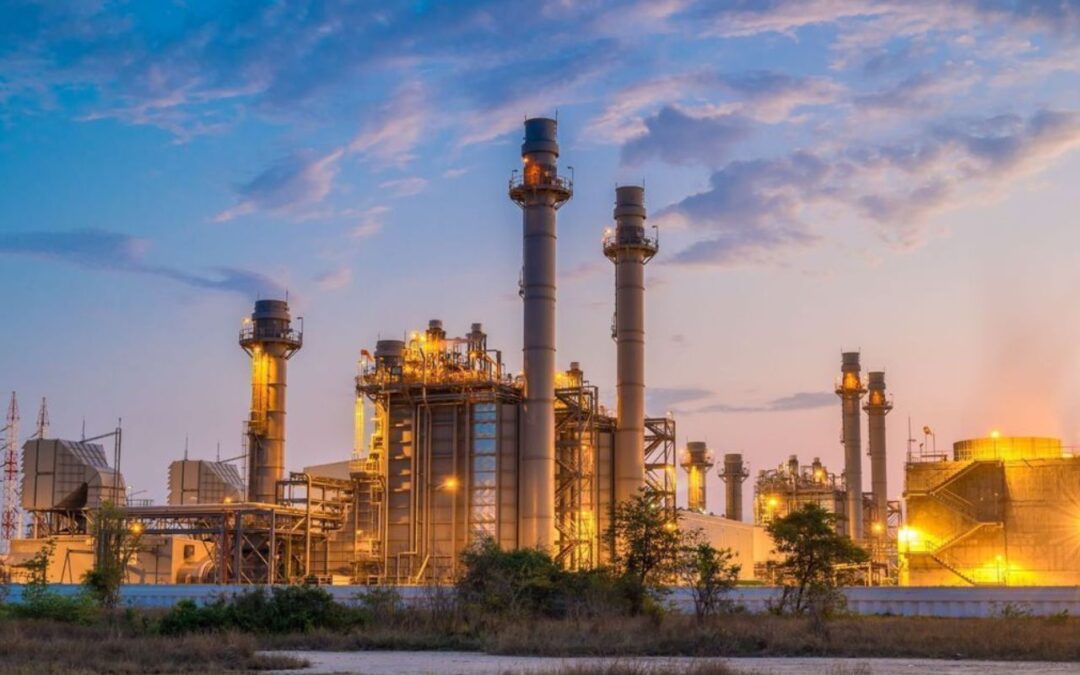Synopsis- India’s industrial real estate sector is on the rise in 2025, with record leasing of 27.1 million sq ft across India top-tier cities in the first half of the year with the overall growth driven by e-commerce, logistics (3PL) and engineering. Yield is at 6-8%, with the potential for 10-15% appreciation under what is likely to be ₹11 lakh crore infrastructure spending plans.
This article identifies the top 8 cities from Delhi-NCR to Ahmedabad and discusses why they will all create a “Goldmine” for warehouses, manufacturing parks, and logistics hubs, by combining strong underlying absorption, with visible growth potential.
Industrial BOOM – Why is 2025 the Right Time
Imagine huge warehouses buzzing with robots, meeting a $350 billion logistics dream for India by 2025. The ambition is fuelled by e-commerce companies like Amazon and Flipkart, along with the ‘Make in India’ narrative. Supply added was 16.7 million sq ft in the first half of the year, now 13.5%, tightening fundamentals with rents up by 5-10% in prime locations across the sector. Investors are targeting an 8-10% return on investment via rental yields, while there appears also potential capital gain from logistics now being constructed both directly on expressways and on the ports. But which cities have the potential to park that capital? Given market dynamics, these cities are ranked highly on absorption, new infrastructure, and tenant depth.
1. Delhi-NCR – The Northern Tiger
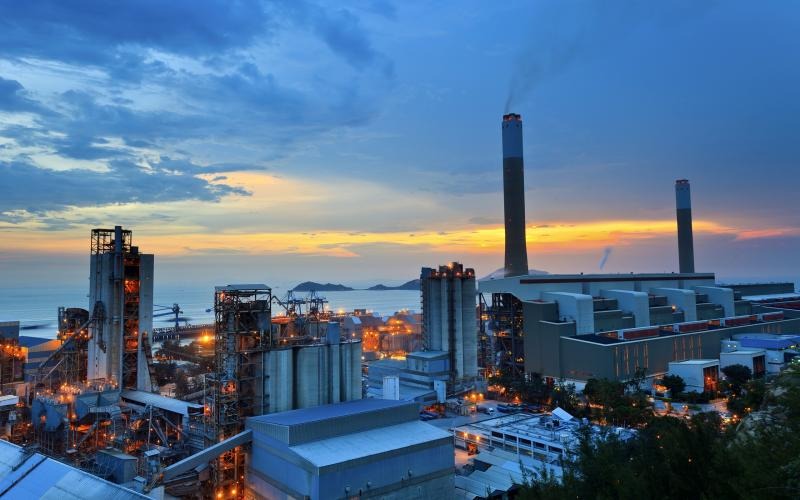
Gurugram and Noida combined for 7.3 million sq ft in the first half, excess over demand and 63% YoY growth. Jewar Airport across the expressway, and Yamuna expressway which conducts multiple national highways allow opportunity for logistics to be fast tracked. Mini boom is industrial 3PL which represents 32% of market demand.
2. Bengaluru: Tech and Logistics Nexus
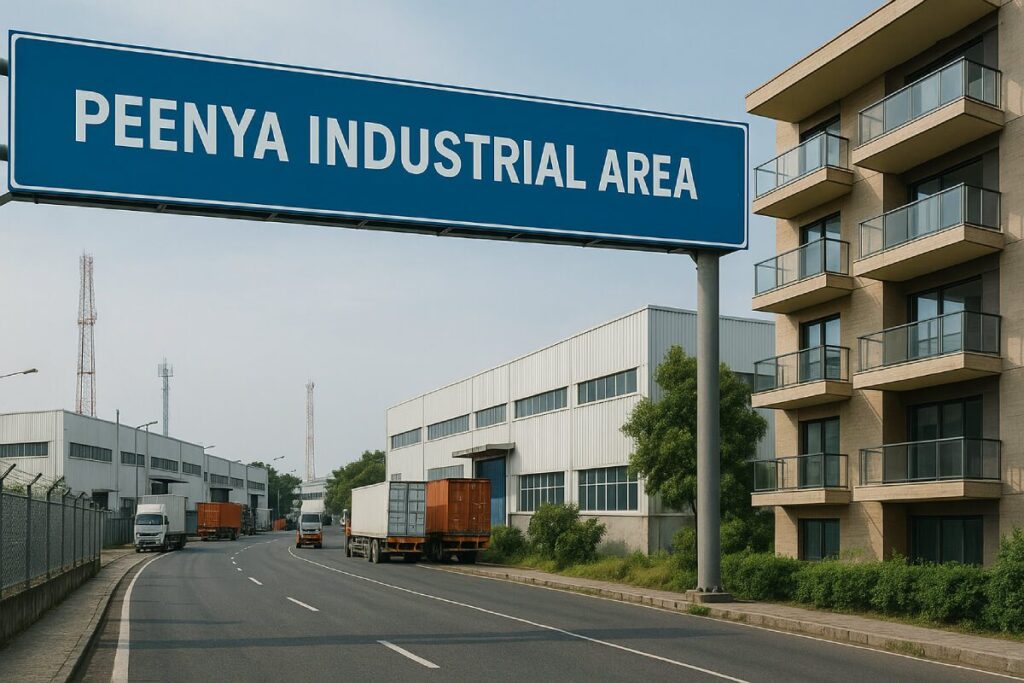
Spanning 4 million square feet, Bengaluru’s electronics and auto clusters benefit from the expansion of Kempegowda Airport. Grade A warehouses along Hosur Road have attracted Foxconn. While growth is 63% year on year, the engineering segment accounts for only 25% of our demand. Rental rates in Bengaluru are also looking strong at ₹22/sq ft; we can reasonably target 15% upside from electric vehicle manufacturing in the longer term.
3. Hyderabad: Life Sciences and E-Commerce Powerhouse
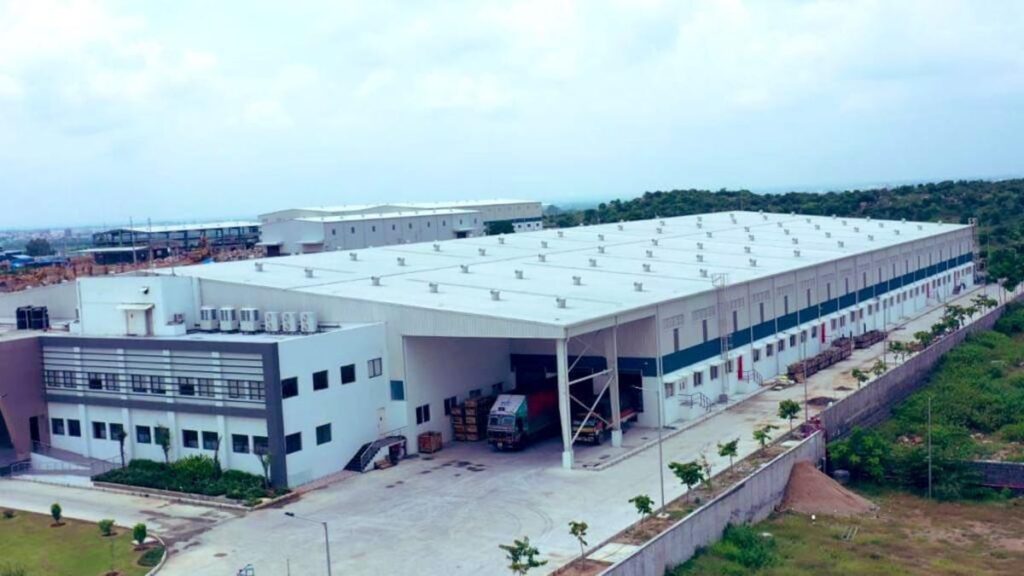
3.6 million square feet leased, propelled by Genome Valley’s life sciences boom and Rajiv Gandhi Airport. The investment location advantage is driven by the Fab City, which will attract the semiconductor cluster. Rentals increased steadily 1% to ₹19/sq ft. We expect continued advantages, from life sciences and E-commerce tenants at 10% year on year growth and with limited vacancies will deliver the same yields.
Also read: Top 6 Tier-2 Indian Cities for Profitable Retail Space Investment in 2025
4. Kolkata: Eastern Revival Star

Flat, 3.3 million square feet, and the Haldia Port and inland waterway development assisted jute and steel in logistics operations back to life. The parks in Howrah saw 63% demand increase. Rentals in Kolkata ranged between ₹15–18/sq ft. Potential for long-term growth is currently being undervalued at a 8-10% appreciation average as the Sagarmala projects develop.
5. Mumbai: Western Gateway Giant
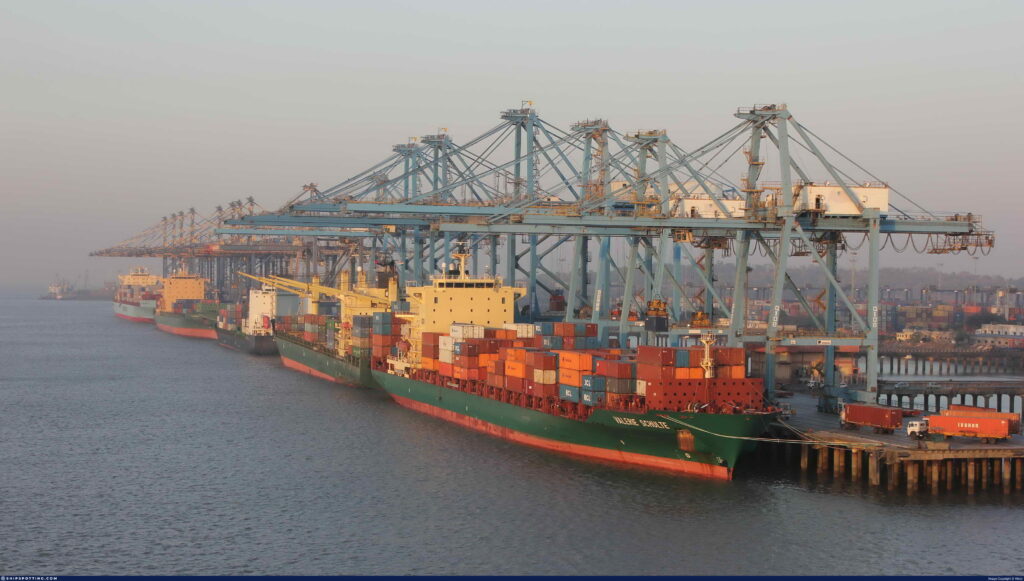
Bhiwandi dominated our take-up this quarter at 3.1 million sq ft as a result of Nhava Sheva Port, at 50% of India’s container movement. The largest consumer segment in this market is e-commerce at 21% of demand. Rentals across Mumbai are good: from ₹18–22/sq ft. Future expected returns in the market are 12%, with the Navi Mumbai Airport development.
6. Chennai: Southern Manufacturing Hub

1.5 million square feet at Oragadam, the largest hub for auto exports (including Hyundai) and specials relating to Ennore Port. We secured a 22% market share in Chennai in Q1, which is promising for growth against rentals, which are also good: from ₹16-20/sq ft. We should see an explosion in demand at 14% appreciation on the market back of PLI schemes.
7. Pune: Auto & Engineering Hub
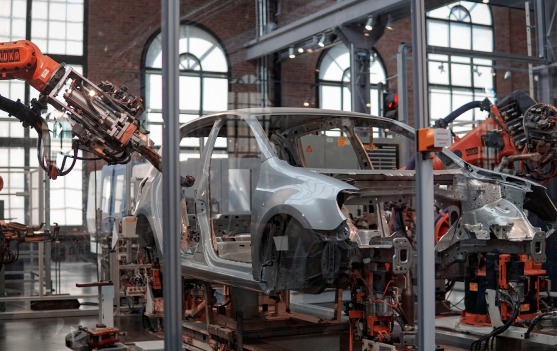
Chakan’s industrial belt is registering a solid 63% growth, and rents are over ₹31/square feet. Tata and Bajaj are driving the demand. Potential return on investment is at 15% from the Pune-Mumbai expressway.
Also read: Prime Locations in Hyderabad to Invest in 2025 – Which One Interests You?
8. Ahmedabad: Gujarat’s Industrial Jewel
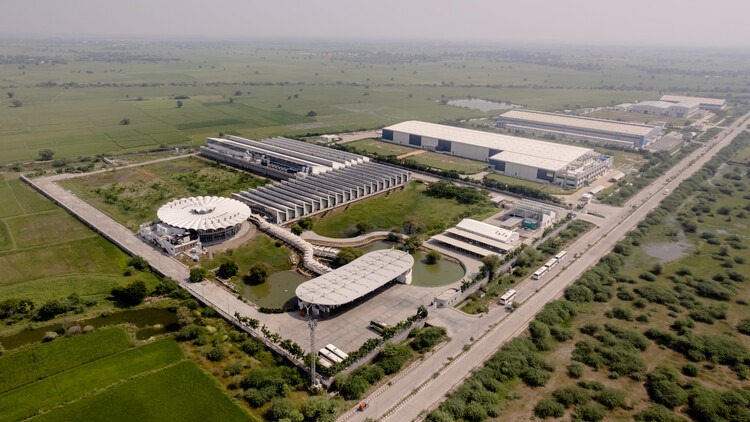
Sanand’s auto parks and Mundra Port are helping generate steady demand and they are tracking at a 63% year-over-year growth. Rent is between ₹14-17/square feet. The emerging Dholera SIR area may provide for long term returns of 12%.
| Rank | City | H1 2025 Absorption (mn sq ft) | YoY Growth | Key Driver | Avg Rental (₹/sq ft) |
| 1 | Delhi-NCR | 7.3 | 63% | 3PL/E-commerce | 20-25 |
| 2 | Bengaluru | 4.0 | 63% | Engineering | 22 |
| 3 | Hyderabad | 3.6 | 63% | Pharma | 19 |
| 4 | Kolkata | 3.3 | 63% | Ports | 15-18 |
| 5 | Mumbai | 3.1 (Bhiwandi) | 63% | Logistics | 18-22 |
| 6 | Chennai | 1.5 (Oragadam) | 63% | Auto | 16-20 |
| 7 | Pune | N/A (strong) | 63% | Manufacturing | 31 |
| 8 | Ahmedabad | N/A (steady) | 63% | SEZs ( Special Economic Zones) | 14-17 |
Conclusion
Industrial real estate in 2025 is more than walls; it will be a significant opportunity in India’s supply chain transformation with the promise of 8-12% leasing return on investment and healthy appreciation. While Delhi-NCR and Bengaluru are the most likely places for growth, don’t overlook Pune rentals or continued manufacturing in Chennai. With the availability of 35-40 million square feet of new product, the time to partner with a REIT or developer is now. When approaching, diversification across 2-3 cities should be prioritized, as well as sustainability, and, as always, don’t forget to consult with an expert. The warehouse you purchase today may turn out to be the fortune of tomorrow.
Written by Rachna Rajput


